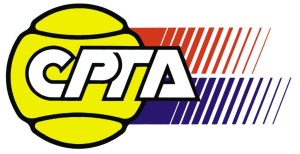
Regarding service, forehand and backhand, Marin Cilic can actually serve as a certain standard prototype for the TENNIS 3.0 style of stroke production, where body energy dominates the stroke dynamics as well as racket position in space and where elbow reaches longest possible distance from the center of gravity during and after the impact.
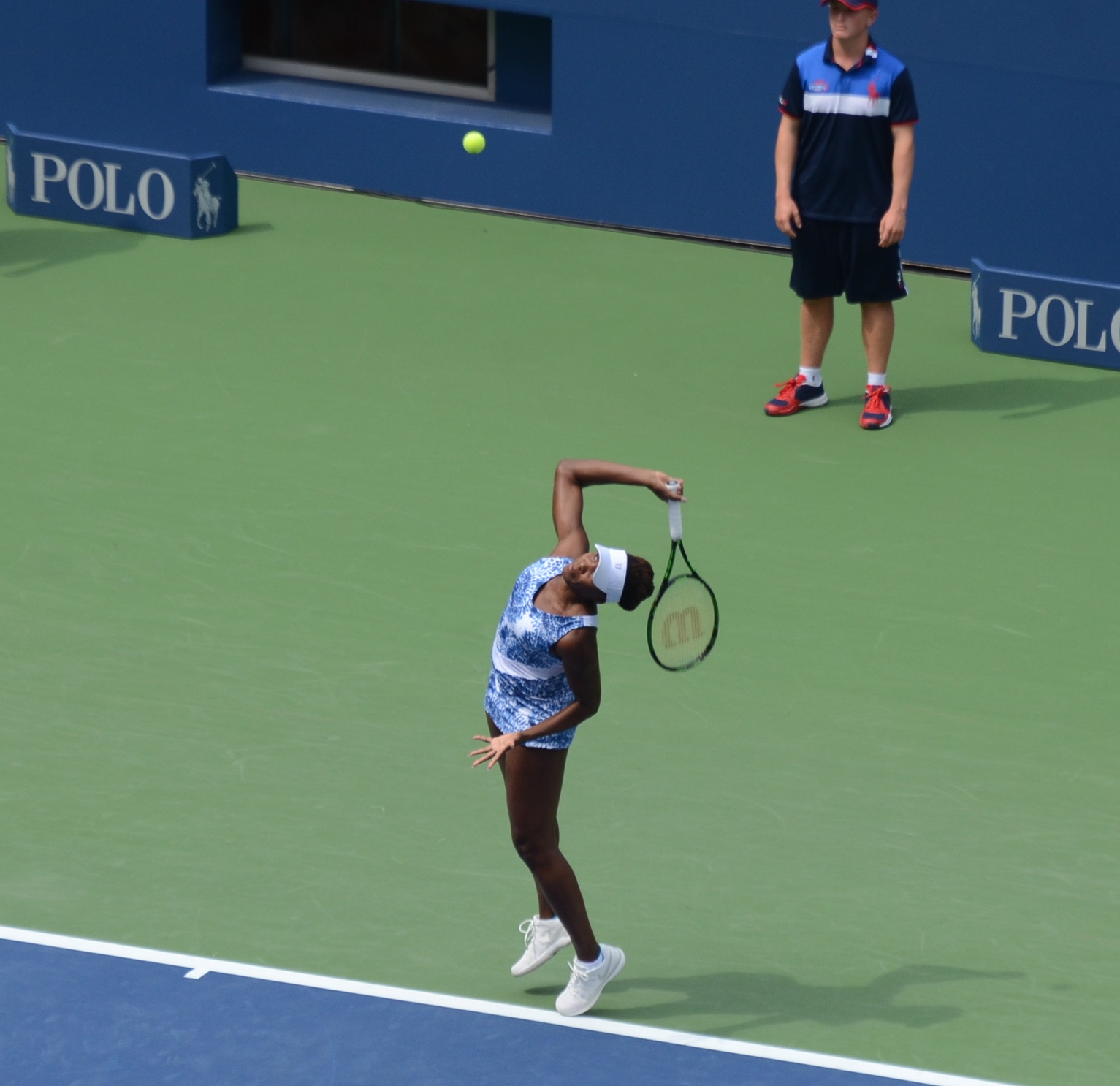
While Serena's service is being considered as the best in the game, service of her sister Venus is not much behind..., besides the technique also her tall body of 185 cm (6'1'') helps. The situation that Venus tends (mainly under stress) to tilt her head to the left side before the impact might be one of the reasons for her rather higher double fault rate than the one of Serena...

Roger's service has more pronounced pronation and he spends a higher percentage of the service energy on the dominant (=right) side of the body than Andy. Over his entire career on the tour (data until mid-January 2017), Federer has the 1st service percentage of 62% (Murray 58%, Djokovic 65%, Nadal 69%) on which he won 77% of the points (Murray 75%, Djokovic 73%, Nadal 72%)...
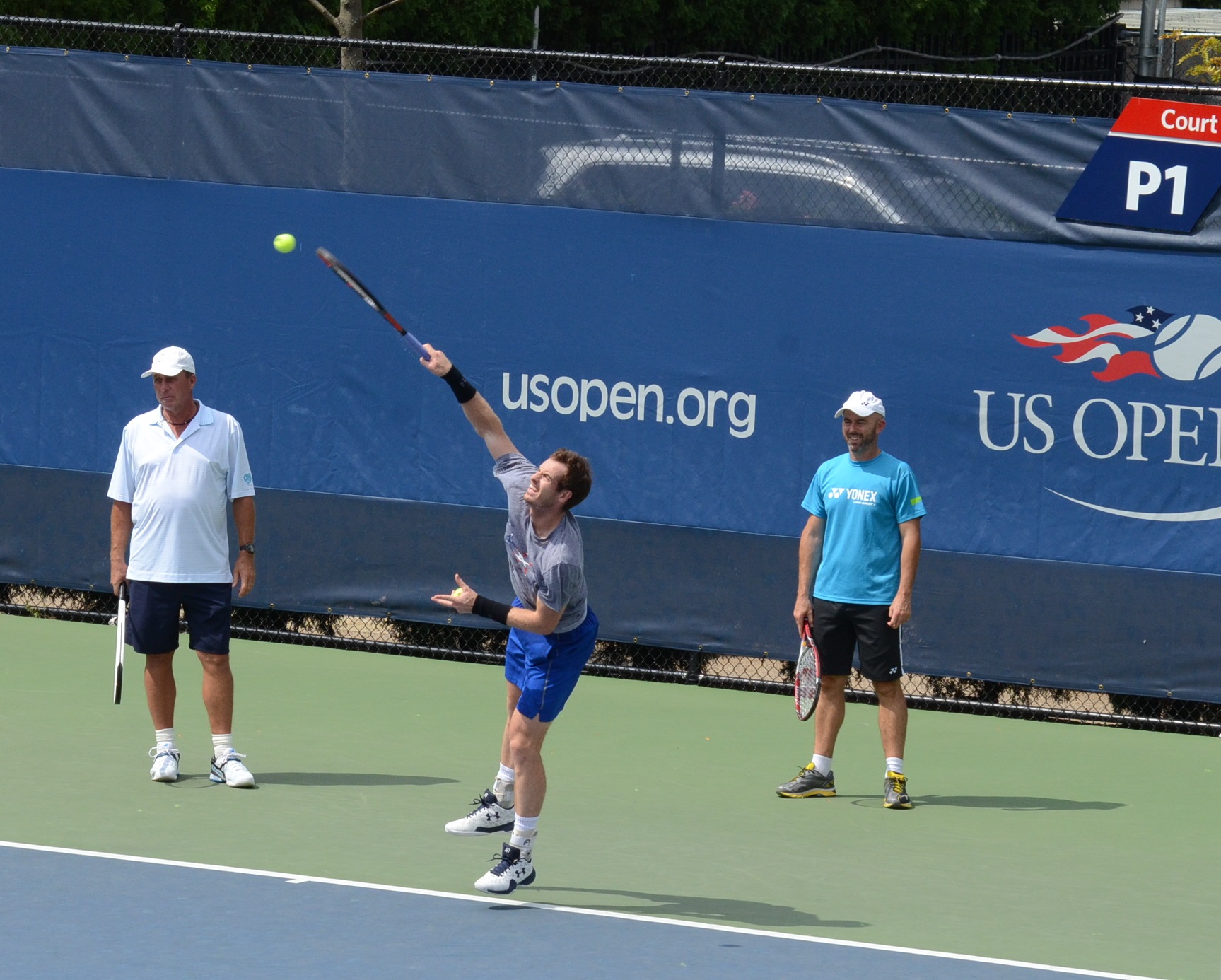
The above numbers tell us that Andy's service margins are mostly (besides aces) quite below the ones of his closest competitors. It's mainly his excellent return and rally game that make him to such a successful player he is. From the technical point of view, as I personally see it, a limited pronation and a rather unclear distinction between the follow through 1 and follow through 2 are the reasons behind Andy's lower service margins. Interestingly enough, Ivan Lendl (1st serve 56%, overall service points won 66%) had similar issues in his career.
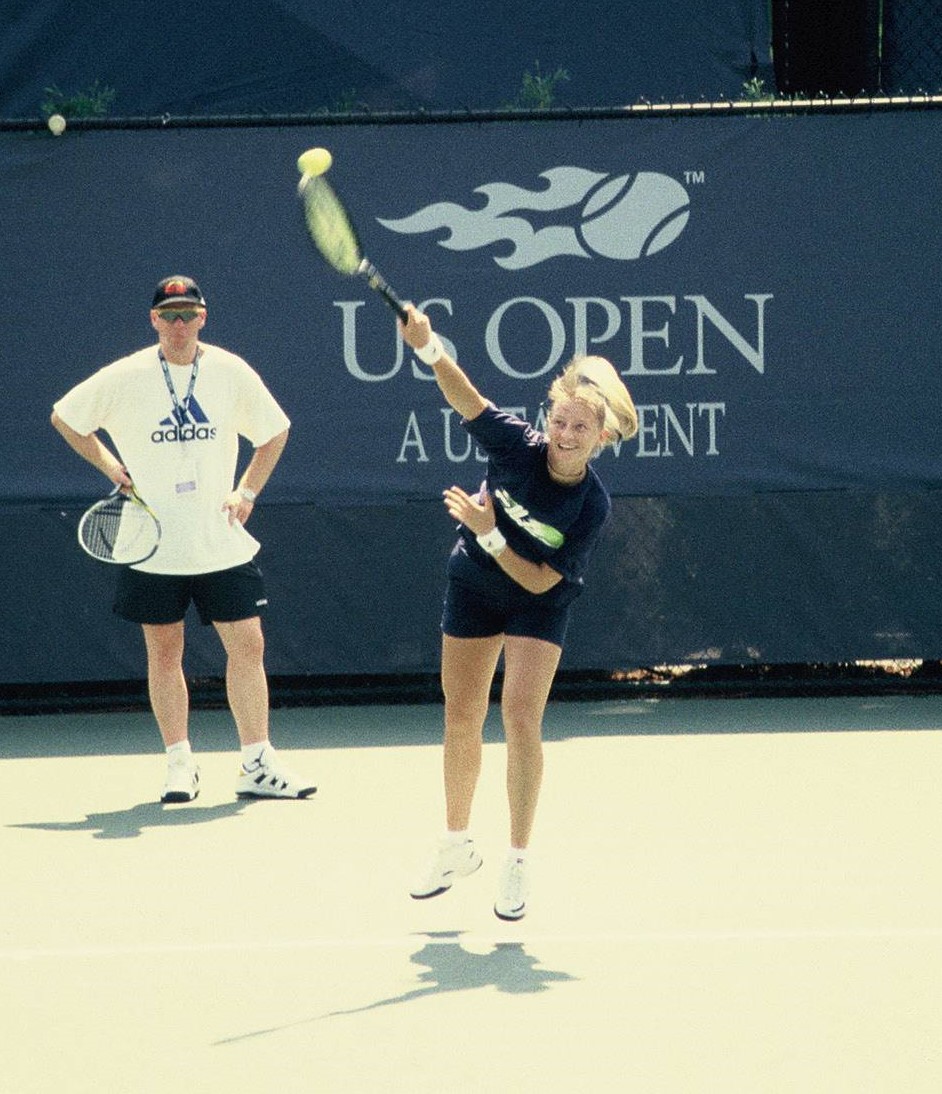
Already in the late 90's, Mirjana belonged to the most dominant serving female players on the WTA Tour as she was one of the first of them who really understood the efficient use of the pronation. On the photos from 1998 shown below is well visible how fast she was able to pronate with the integration of the body energy already in the age of 16 years
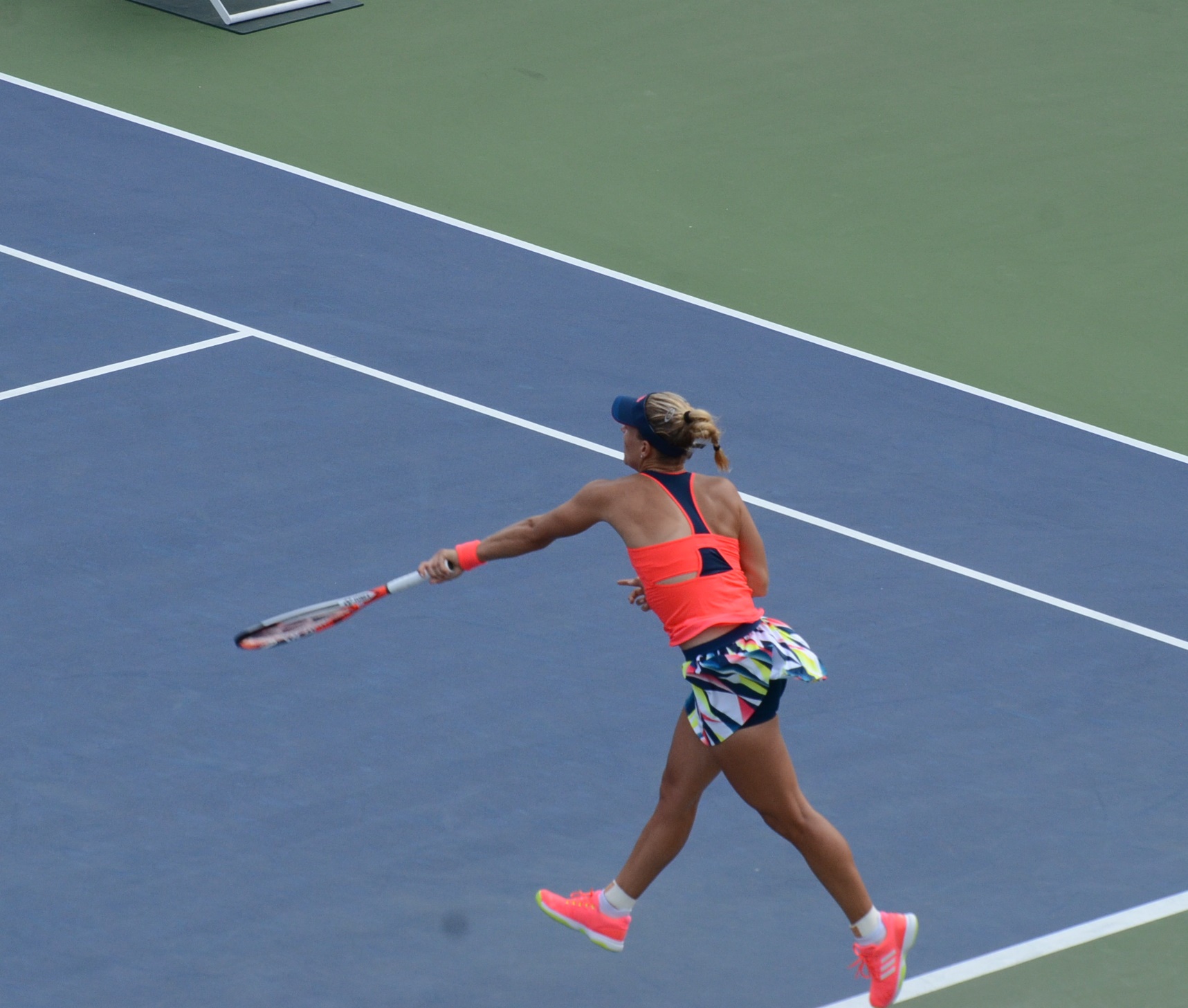
Angelique's service seems rather a bit unnatural as she was born right-handed and was switched to a left-handed player in her youth. In tennis in general and even more so in women's tennis, playing left-handed must be seen as quite a significant advantage and this is the reason why some parents and coaches with big goals switch their natural born right-handers to the left-handers at a young age, quite a typical example here is also Rafael Nadal (ESP)
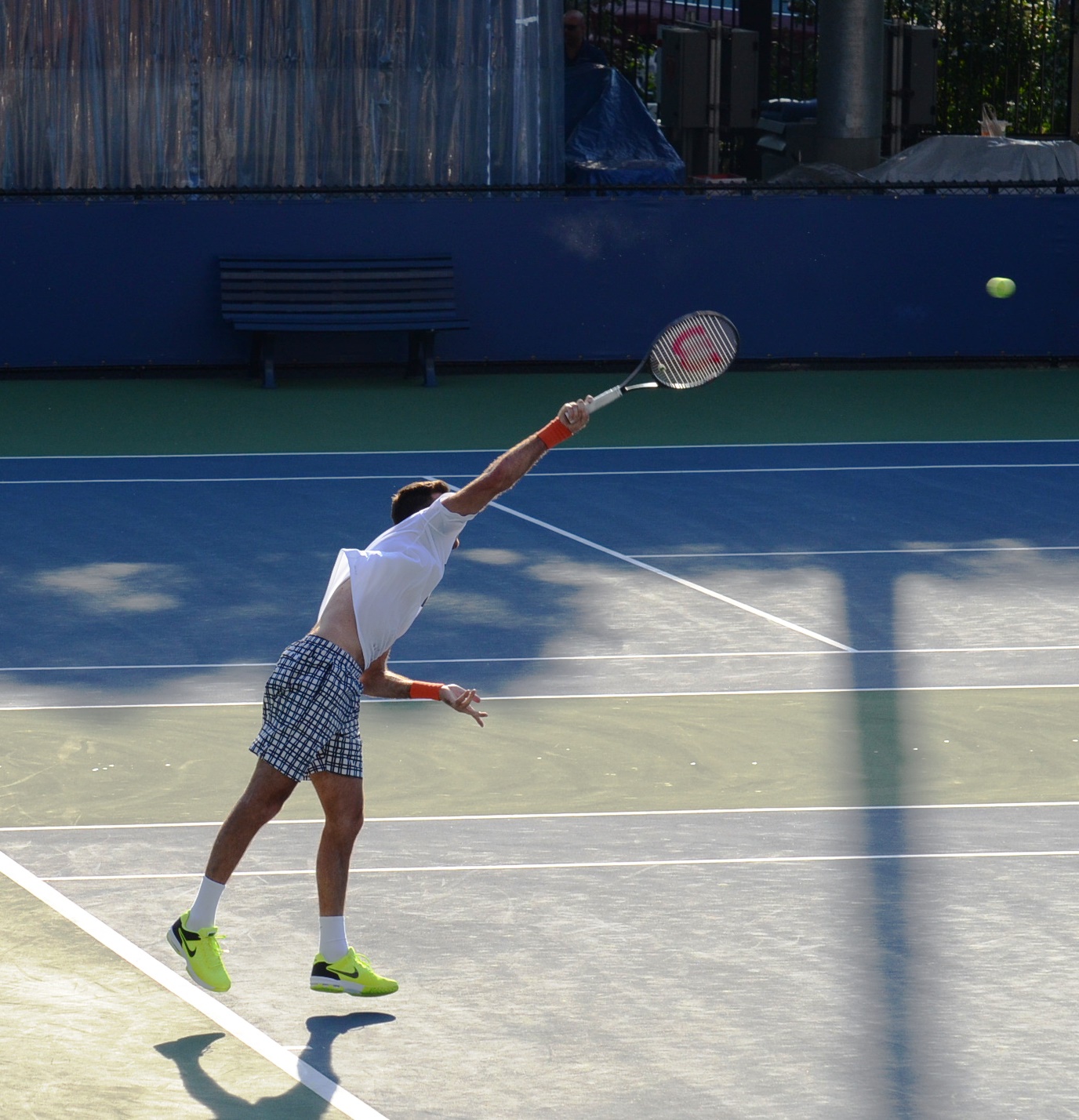
As a tall player of 198 cm (6'6''), Delpo has quite some power potential, which he is using in all of his strokes. His body parameters and solid technique make also his service to a dangerous weapon, despite partly missing one distinct element common to the very best servers of the history. His career service statistics (until the end of 2016) are quite impressive - in the total of 5563 service games - 3272 aces (against 1100 double faults), 64% of the 1st services in and 74% winning percentage on the 1st service points.
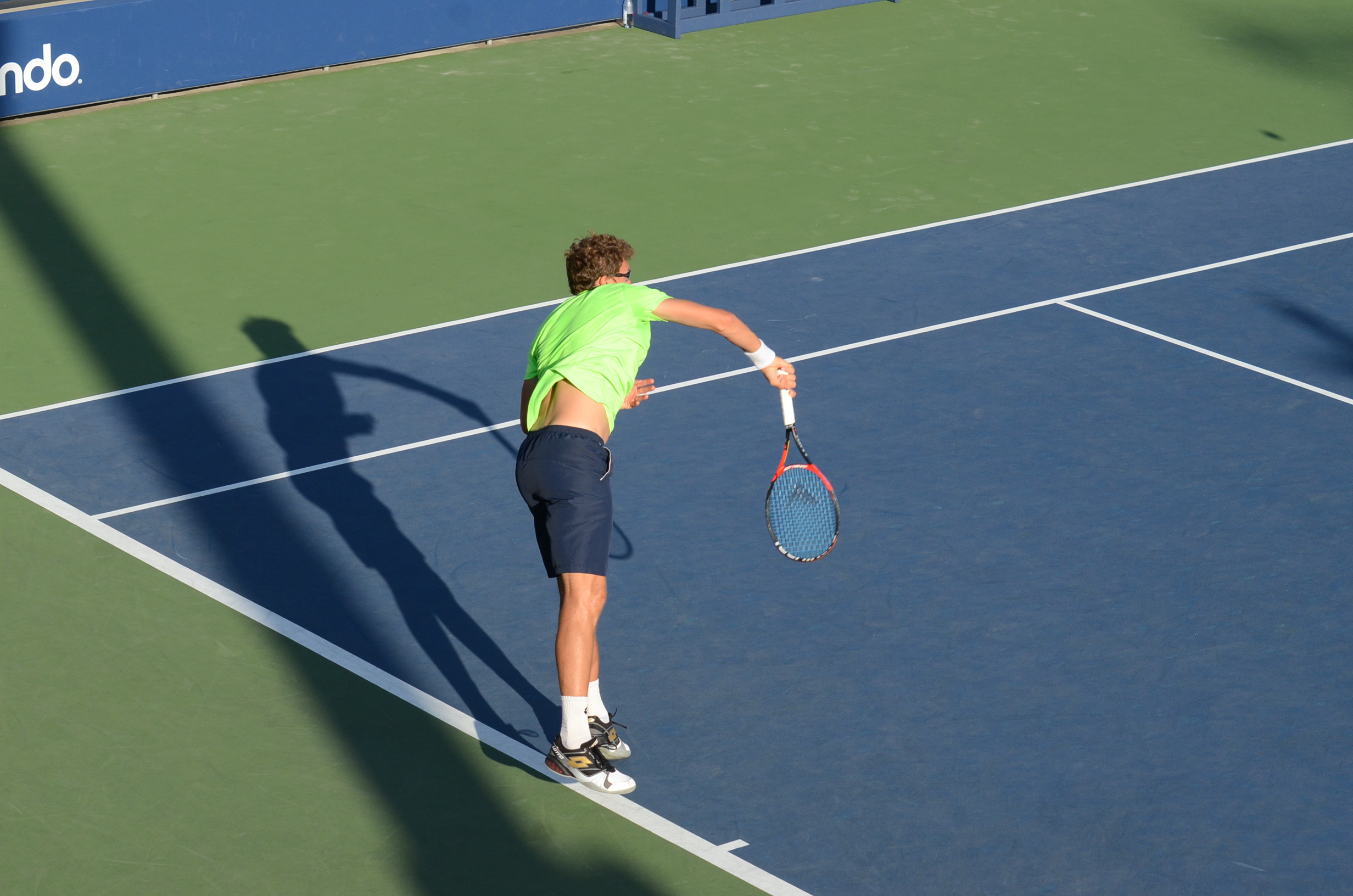
Denis, who is being trained by his mother Klaudiya Istomina, possess quite solid and efficient stroke technique and his service fulfills all the requirements of the Service 3.0, which stands for service played with optimal body energy integration. Some details of his service can be seen on photos from the 2016 US.Open shown below:
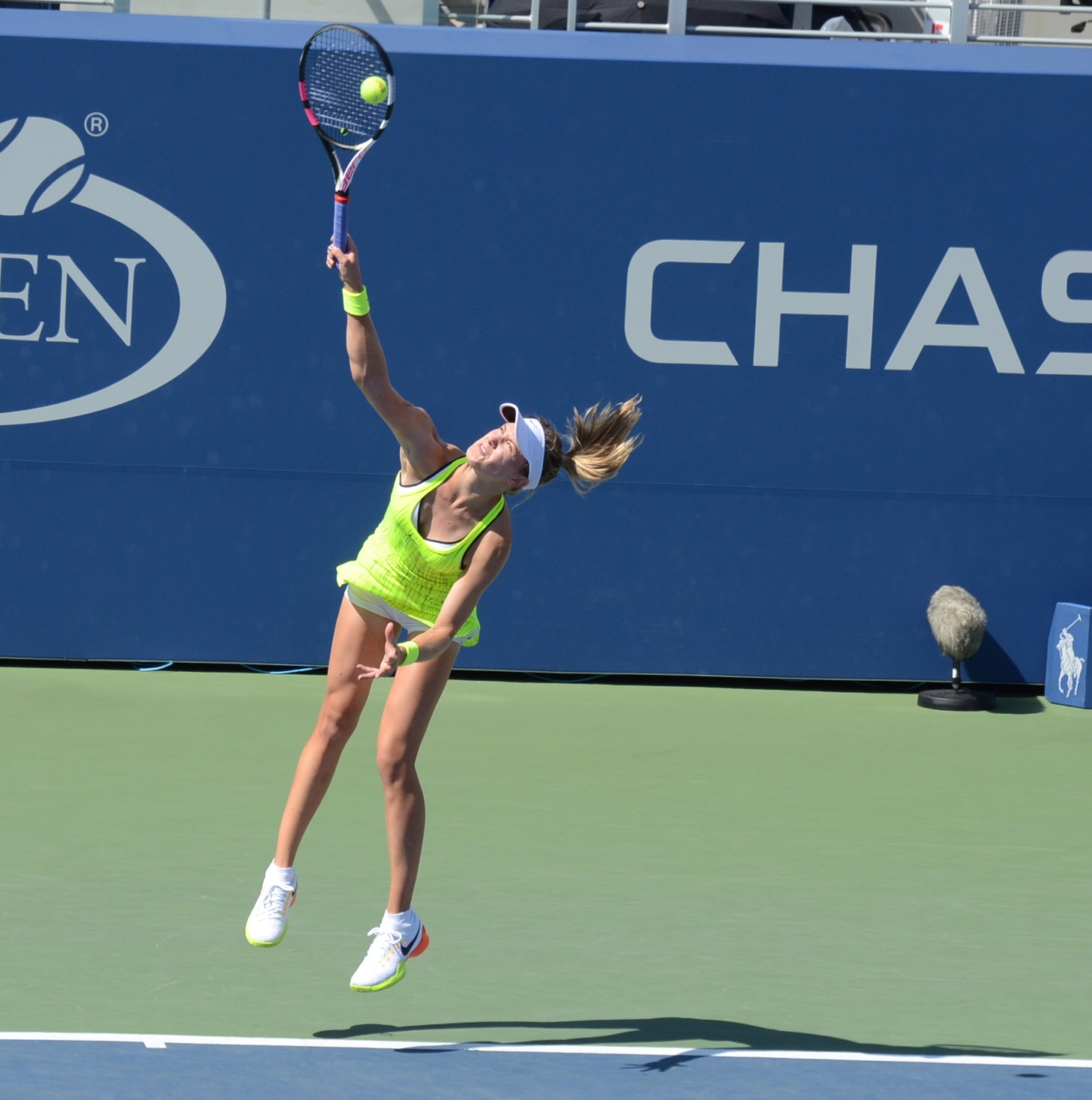
Genie's service, in particular, didn't get so much attention yet, but despite some improvement possibilities concerning mainly the increase of its margin, it has a lot of good aspects, mainly around the body energy integration into the stroke. Genie mostly gains quite high percentages out of her serving points.
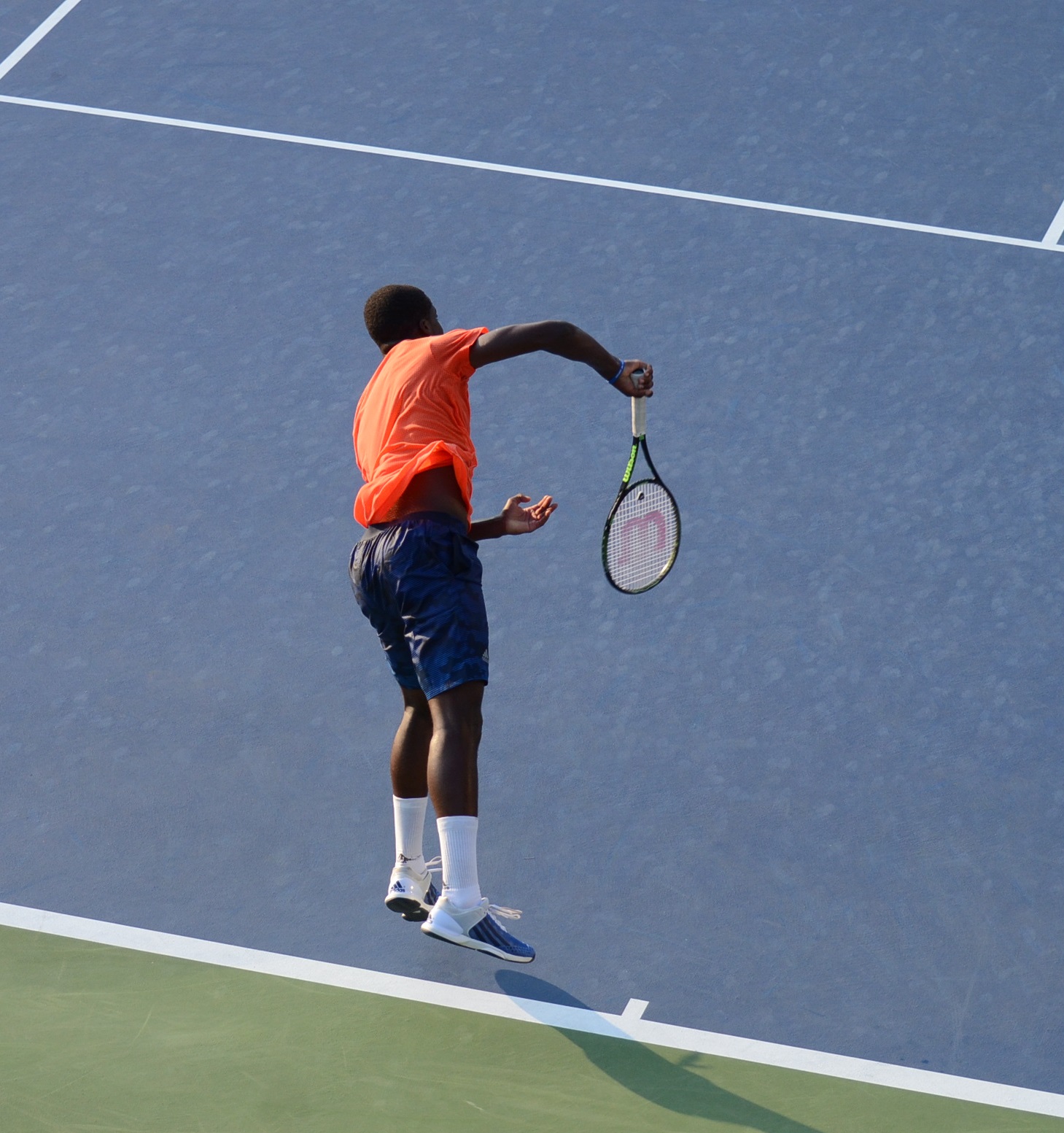
With his 1st service, Frances could have quite a potential weapon at his disposal (after all his fastest service during the 2016 US.Open was clocked at 142 mph, same like the fastest service from John Isner), but small details are in my opinion often taking a bit away from its potential. The main issue is for me in the rather suboptimal integration of the body energy into the stroke in the moment of impact at most of Frances' services.

